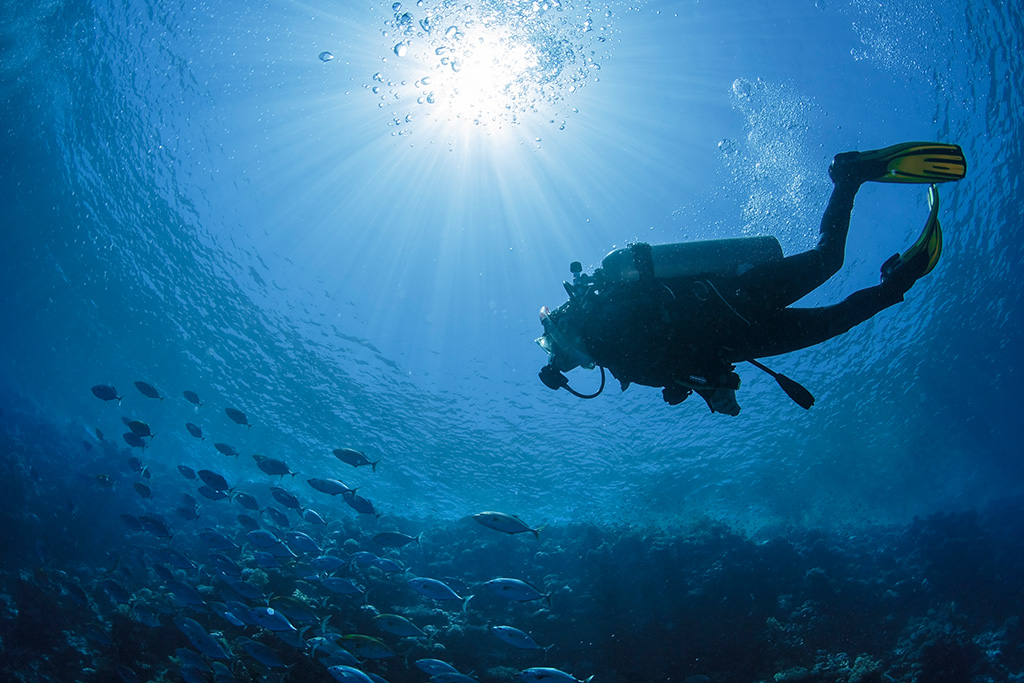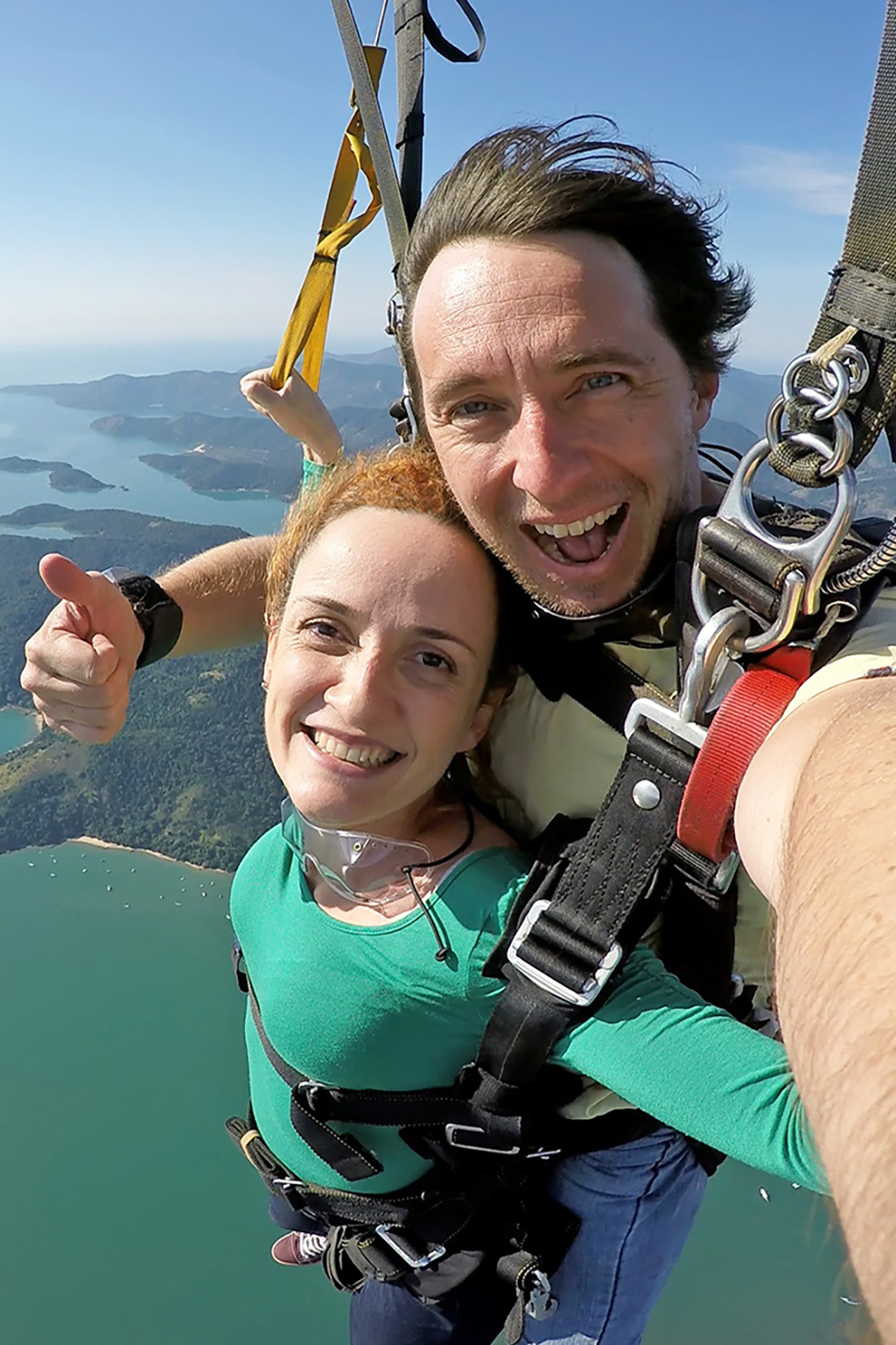The Beginner’s Guide to Extreme Sports
You don’t need to be a professional athlete to enjoy the adrenaline rush of an extreme sport. Whether it’s a snow sport like skiing or snowmobiling or a challenging water sport like paragliding or surfing, there are several extreme sports even a novice can enjoy.

Choosing the best extreme sport
Although not all extreme sports require advanced skills, it’s still essential to understand your abilities and limitations so you can avoid a potentially serious injury. Before embarking on this adventure, consult with a well-trained instructor who can educate you on the safety and fundamentals needed to engage in the sport of your choice. Whether you’re an adrenaline junkie with a desire to participate in a safe, exciting adventure or a sports enthusiast with a bucket list, consider the following extreme sports fit for any beginner.

Air-bound
You don’t have to go hang gliding or wingsuit BASE jumping to enjoy the adrenaline rush that pro air sports provide. There are plenty of options to choose from that can either get your blood pumping or give you a relaxing adventure—or both!
Hot-air ballooning
Do you love heights? If so, hot-air ballooning may be the perfect adventure for you. There’s nothing like gliding through the air 1,000 feet above the earth’s surface with amazing 360-degree views. Plus, it’s easy to find a place to experience hot-air ballooning since many businesses and festivals around the country offer exciting excursions throughout the year.
Paragliding
Described as a free-flying, foot-launched aircraft, a paraglider enables you to soar as high as 15,000 feet and travel far distances. Launching from a high cliff will usually provide the best experience, as there will be higher winds than at lower altitudes.
Skydiving
Ask anyone who has jumped out of a plane how it was, and they’ll likely tell you that it was the biggest adrenaline rush they’ve ever experienced. Jumping as a beginner will require preparation to ensure a safe yet thrilling dive; you’ll typically do a tandem jump your first few times, though some places may allow you to jump solo from the start with more extensive training.
Indoor skydiving
Skydiving is not for the faint of heart, but if it’s an adventure that intrigues you, consider indoor skydiving. Here you can experience what it’s like to free-fall or float in midair without the risks of jumping out of a plane. And the best part is that there are very few restrictions for partaking in this sport.

Mountaineering
Some mountaineering sports, such as trekking and rock climbing, require more training and aptitude than others. However, many do offer lower levels that a novice mountaineer can take advantage of, and there are plenty of others you can tackle as a beginner.
Mountain biking
Although mountain biking is considered a high-risk sport, it can still be enjoyed no matter your skill level. Find a smooth, uniform trail to bike along, or get more adventurous and take on rough, rocky terrain.
Sandboarding
Not a snow lover? Consider giving sandboarding a try. Pick a dune or mountainous, sandy terrain, and sandboard down it by standing, sitting, or lying on your belly on the board. You’ll be surprised at how fast you can go—and if you become proficient, you can even try some flips and tricks.
Zip lining
For a low-effort yet exhilarating experience, go on a zip line adventure. The zip line pulley-and-lock system enables you to fly high above the environment from one ledge to another. Whether you’re in a rain forest, mountainous region, canyon, or other picturesque location, this sport is perfect for taking in the beauty around you.

Water adventures
Kayaking, surfing, and Jet Skiing can all be classified as extreme sports, depending on how you engage in them. But even for the tamer versions, you will still likely need to obtain some training before you’re able to participate.
Scuba diving
There are many types of scuba-diving adventures that can appeal to divers of all skill levels. However, open-water diving is the most popular for beginners. This dive takes place in an open body of water to a maximum depth of fifty-nine feet, far from shore to avoid obstructions. There’s also no upper age limit, making it a perfect extreme sport for an older crowd.
White water rafting
This sport offers many levels of difficulty for the thrill seeker. From calmer waters to choppy, rocky terrain and whirlpools, you can decide how challenging you want this inflatable-raft ride to be.

Cold weather sports
Aside from the usual suspects, such as snowmobiling, snowshoeing, and downhill or cross-country skiing, there are several other exciting and fun extreme winter sports you can experience.
Ice yachting
This sport involves winterized boats called “ice yachts” racing each other by sliding across the ice at incredible speeds. Similar in appearance to a sailboat, an ice yacht can be as large as forty feet long and hold up to seven people.
Snow kayaking
Head to your nearest sledding hill or ski resort to experience the adrenaline of snow kayaking, a combination of snowboarding, kayaking, and speed riding all in one. It’s a simple yet fast-paced sport—all you have to do is ride down a hill in a kayak, using a two-bladed paddle to help you steer. Some locations even offer snow kayaking races.
Snow kiting
The sport of snow kiting has become a popular, family-fun winter activity, combining kite flying and skiing or snowboarding simultaneously. The wind caught by your kite gives you the power to glide over snow-capped terrain, sometimes at pretty high speeds.
Although participating in extreme sports can be fun filled and adrenaline charged, it’s not to be taken lightly. Be sure to consult with your health professional before starting any new activity, especially if you have any preexisting conditions.
For a comprehensive list of extreme sports, visit extremesportslab.com/list-of-100-extreme-sports/


















